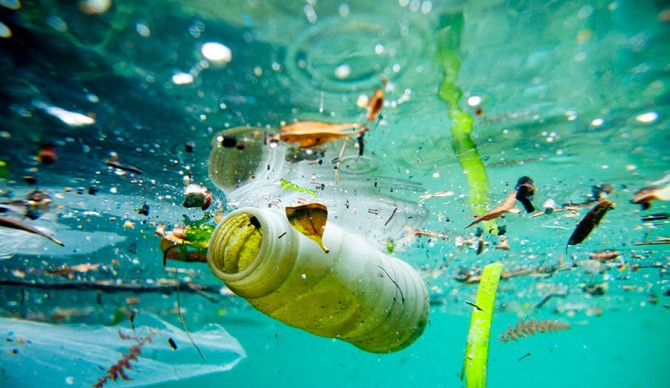Last month the Ocean Conservancy published a report called Stemming the Tide: Land-Based strategies for a plastic free ocean. In the report they reviewed findings from surveys and studies to discover where ocean plastic debris enters the ocean and how, how different regions could benefit from different solution strategies, and what we can realistically do to reduce plastic pollution in the short term, and long range future.
Studies like these are constant and very useful in educating the public in what can be done to preserve our environment along with letting us know which large scale actions are being taken by corporations and governments. But what’s most surprising from the Stemming the Tide report was determining where solutions will be focused in the near future:
The first step should focus on the five countries that together account for between 55 and 60 percent of the total plastic-waste leakage; this report describes an integrated set of measures (or levers) that together could reduce leakage in these five countries.
And which five countries are accounting for more than half of the world’s ocean plastic pollution? China, Indonesia, Thailand, Vietnam and the Philippines. As the survey goes on the explain, the mass leakage of ocean polluting plastics from these countries isn’t simply chalked up to careless consumers who don’t recycle. Rapid economic growth and an overall reduction in poverty means more consumption (along with a higher quality of life). Waste-management infrastructure , however, is not keeping up with the economic growth in these areas. Establishing materials recycling facilities throughout each country and closing leakage points within the collection system were two suggested solutions the study believes will work in all five countries, while other methods would only apply to select countries. The price tag for their proposed plans reached a mark of $5 billion per year.
Overall, the study suggested that focusing efforts in China, Indonesia, Thailand, Vietnam and the Philippines could reduce total leakage in those areas by 45 percent over the next ten years. On the flip side, at the given rate of growth and development in each country, Stemming the Tide suggests plastic consumption in Asia will grow past 200 million tons in that same time period. Not taking action would result in the ocean holding one ton of plastic for every three tons of fish.


